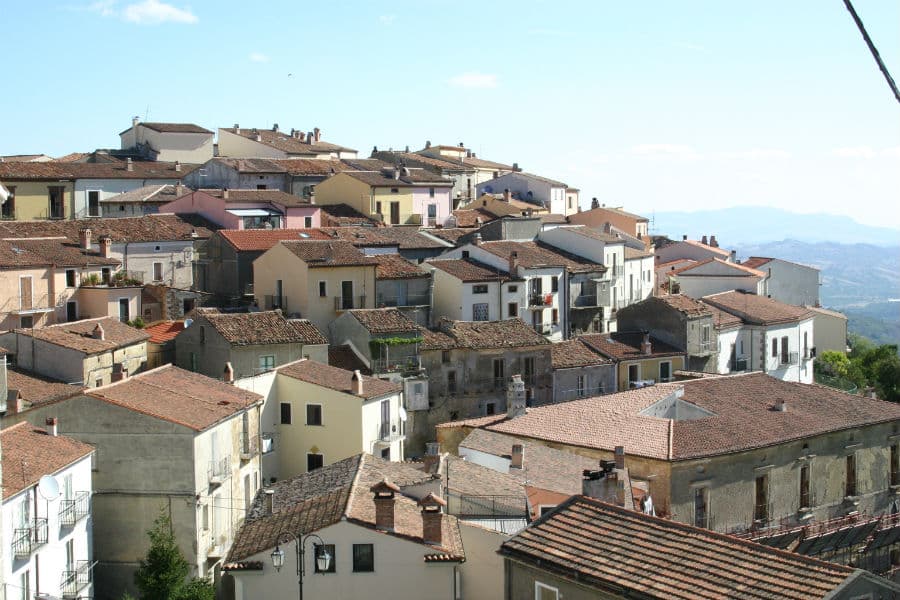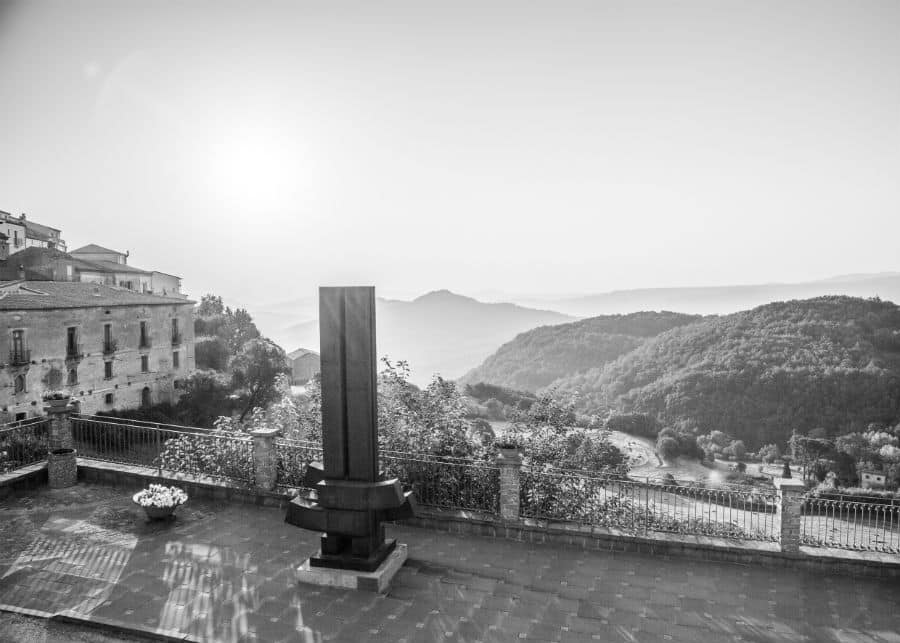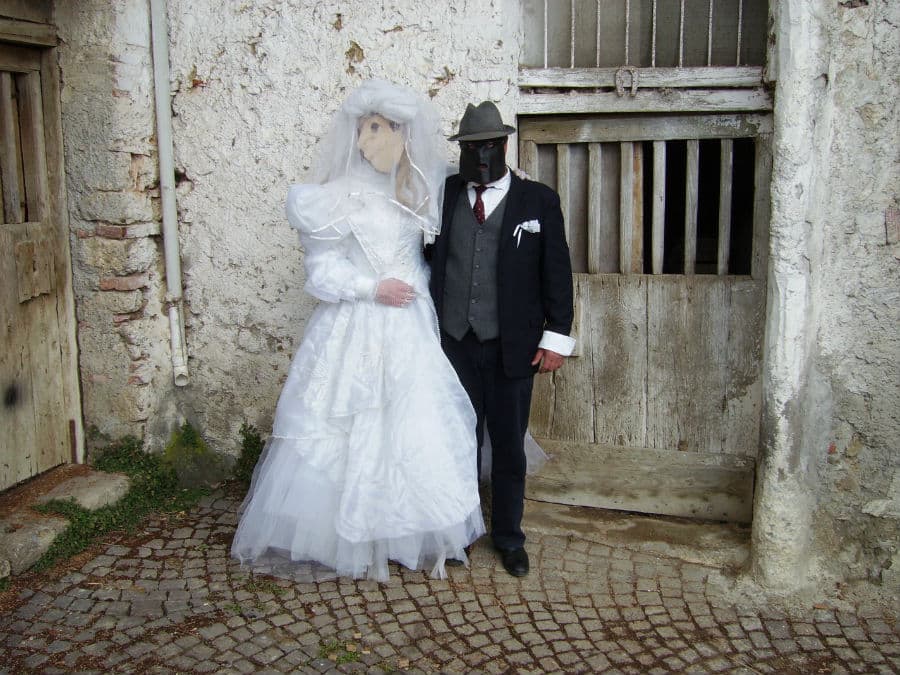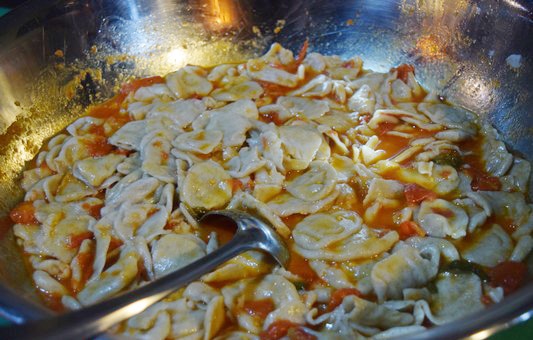The place name Teana (in Greek Theanò) is said to derive from the name of Pythagoras' wife; in fact, legend has it that the town was founded by members of the Pythagorean school. Over time its name has undergone various transformations: Tugana, Tuganae, La Tegana, Teana, and still today it is called La Tegana by the inhabitants, in dialect form.
Rising between the 10th and 11th centuries, a period of Lombard rule, Teana is a historically agricultural town and in the past was known for silk berry cultivation.
Among the main monuments possible to admire are the ruins of the Longobard Castle, the Church of Our Lady of Mount Carmel (one of the most beautiful in the surrounding area but unfortunately devastated by the earthquake of 1857), the Chapel of San Cristofaro and the Chapel of Santa Maria delle Grazie.
Also certainly worth visiting is the Museum of Peasant Civilization, which houses an interesting collection of everyday objects and working tools typical of the agro-pastoral civilization. The entire collection of objects consists of more than 250 pieces, from the territory of Teana and the entire Senisese area.
Among the typical local dishes are "rasckatiell di miskiglio," homemade pasta prepared with a mix of wheat flour and legumes, particularly broad beans and chickpeas, then seasoned with fresh tomatoes and basil; also excellent are "maccaruni cà millica," another delicious type of homemade pasta, this time seasoned with bread crumbs. Rounding out the basket of goodness: wine, cured meats, honey and cheeses.
The Teanese Carnival is one of the traditional Lucanian Carnivals. The focus of the event is the Carnival Trial, also known as the Bear of Teana, a performance that takes place in the alleys of the town and culminates in the central square. The protagonists are the poor peasant Carnuvular, his wife Quaremma and, of course, the Bear, who will generate no small amount of havoc.
Because of his immoral life Carnival is arrested and tried with an entertaining confrontation between defense lawyer and accuser.








